Why planning and proper kit are key to treating downer cows
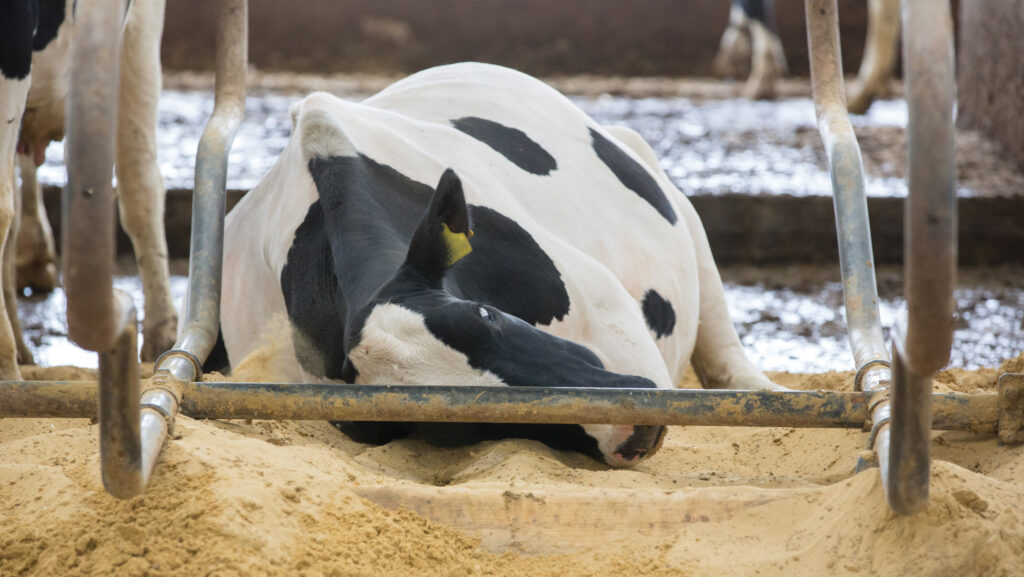 © Tim Scrivener
© Tim Scrivener Time is crucial for the downer cow: the first 30 minutes after she falls make all the difference between a full recovery and exiting the herd.
But instead of panic in the humans, it requires planning, a protocol and an appropriate set of kit.
This 30-minute window is to assess the situation, get the team and equipment together, then move the cow off concrete, says vet Pete O’Malley, from Synergy Farm Health, based in Dorset.
The sooner she is moved to a safe, suitable environment for treatment and appropriate nursing, the better the outcome, as it reduces the risk of secondary damage to muscles and nerves, he explains.
See also: Advice on E coli toxic mastitis protocols
Confidence in an emergency
But all this depends on the farm having a downer cow protocol in the first place, with a designated lead (farmer, farm manager or herdsperson) to take charge and direct the operation for the best outcome for the cow.
Pete believes everyone on the farm should be involved in developing this protocol, then trained to follow it.
That way, they will understand the process and feel confident in their role when there is an emergency.
Phoning the boss to find out what to do or having to stop the parlour to deal with a downer cow owing to a lack of resource affects the cow’s recovery, he says.
Not to mention the rest of the herd – and the working day.
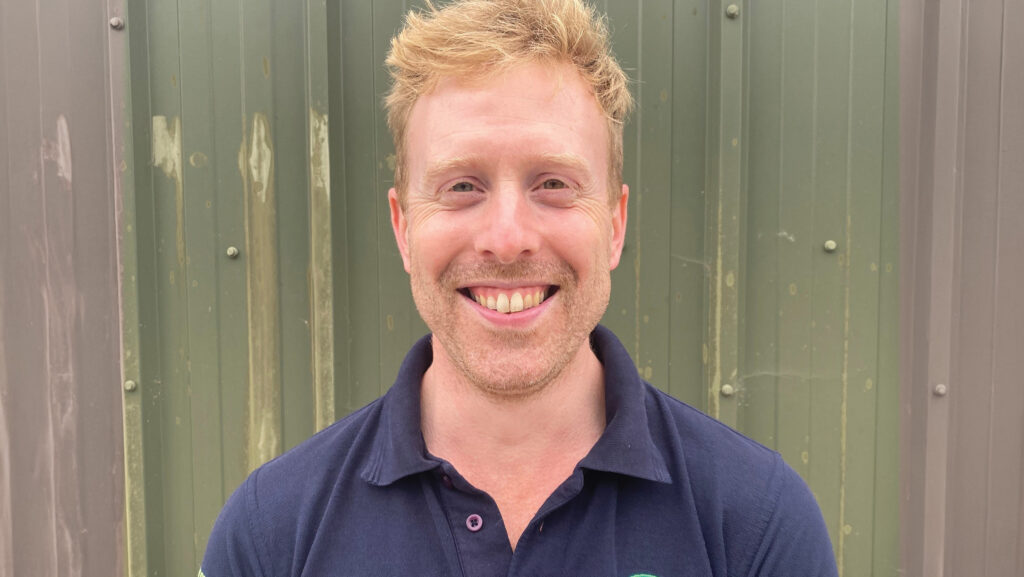
Pete O’Malley © Synergy Farm Health
“Managing a down cow is really hard: this is your intensive care unit. Within four hours of lying on a limb, a cow has lost blood circulation, and the leg tissue starts to die.
It is painful and so, immediately, this reduces her chance of getting up,” he explains, adding that in some cases, the priority might be euthanasia on welfare grounds.
Care plan
The first step is to move the cow safely onto a comfortable bed of sand or deep straw; a grass paddock baked like concrete in the sunshine is unsuitable.
Then the emergency care plan – based on the farm’s specific issues – kicks in. This includes manually turning the cow over every four hours.
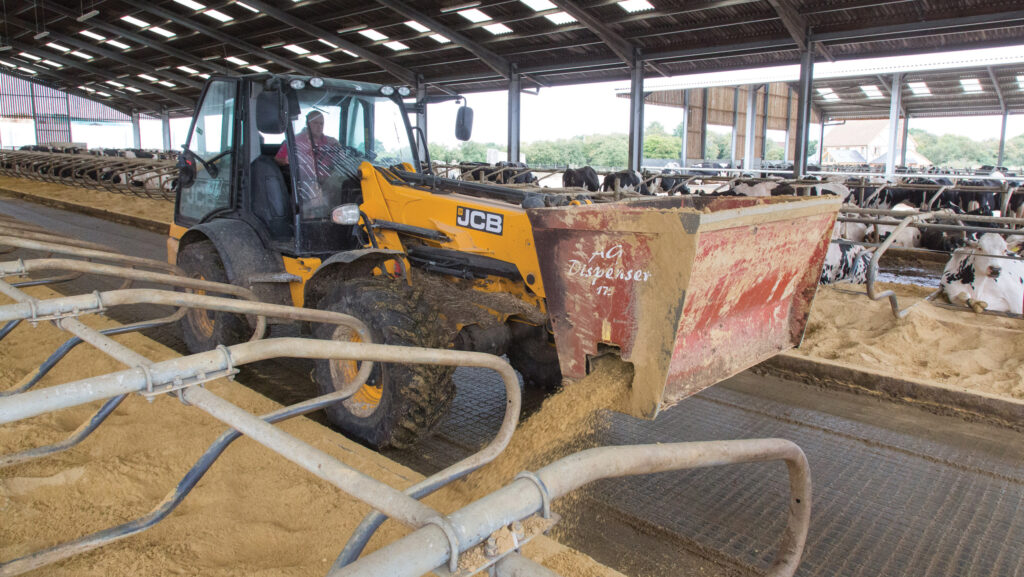
© Tim Scrivener
She needs to be fed and watered, with follow-on nursing from the farm staff (under veterinary supervision).
This is because the prognosis of recovery, regardless of the initial cause of a cow going down, ranges from 10% to 70% depending on basic aftercare, says Pete.
Recovery rates
There is little accurate data on recovery rates for downer cows, and limited research into handling and treatment options.
There is not even consensus among vets or farmers about what to do, according to fellow vet Rachel Hayton.
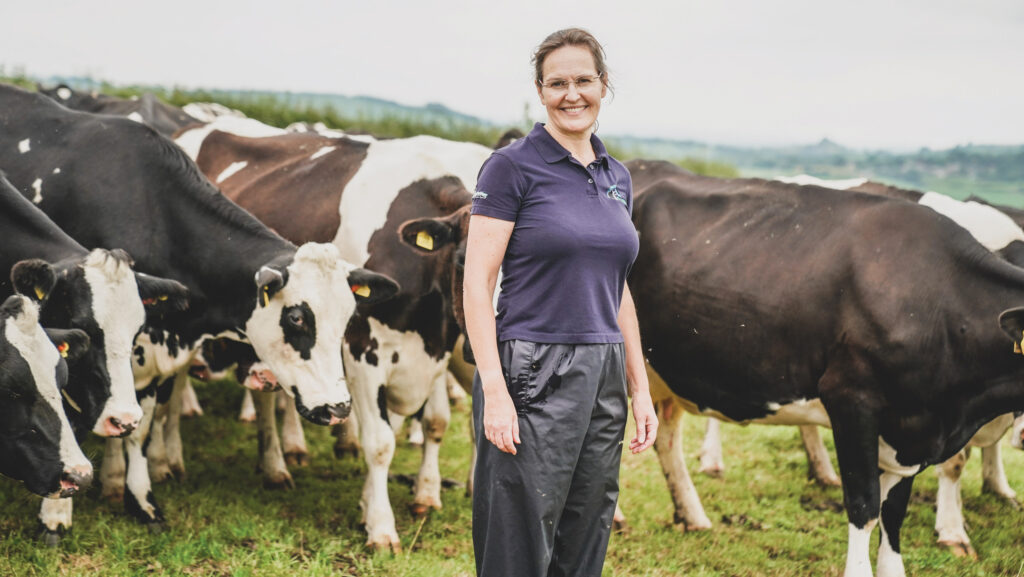
Rachel Hayton © Synergy Farm Health
She led a study that tested the Cow Recovery System based around a telehandler bucket and appropriate training.
Out of 100 downer cow cases on 15 farms over 10 months, Rachel says there were no injuries to cows or farm staff using this system.
In 45% of cases, just two people were needed to move a cow, and 58% of the time it took less than 10 minutes to do so.
In total, 63% of cows stood, and at the end of the study, 46% were still alive on farm.
Lessons from trauma experts
To try to find better ways to help downer cows, Pete and Rachel have been working closely with the British Animal Rescue and Trauma Association (Barta).
Learning from the experts on handling large animals in an emergency, Rachel says that an effective operation is the result of manpower, specialist equipment and time.
Yet on a dairy farm, a cow is being rescued by farm staff without resources, who often lack experience and training.
“Cows get stuck in cubicles and crushes or go down in the parlour – it’s massively stressful.
“But if you have a protocol, people know what to do. And with the right kit, and techniques, you only need two people to move an 800kg cow,” she says.
Downer cow records
Both vets strongly advise dairy farmers to work with their own farm vet to set up herd-specific protocols and training.
And although no two protocols will be the same, because of variations in labour, parlour setup, housing type, and herd size, the starting point is always to record incidence and cause.
Logging every down cow event and how it was dealt with, as well as reviewing CCTV footage, is invaluable, says Rachel.
Some herds have difficult calvings, others experience milk fever, toxic illnesses such as E coli mastitis, or bulling injuries – all can lead to a cow falling and unable to rise again.
Discussing the herd’s cases with the vet identifies where the farm’s problems may lie, and the best course of prevention.
“We see patterns in a building such as slippery spots, and recommend doing a ‘heat map’ – marking where cows go down; these danger areas are not random,” she adds.
Emergency kit list
Getting the right equipment together to use as an emergency kit to rescue a cow is restricted by lack of choice.
This makes it even more important to learn a few successful cow handling techniques from the vet.
Rachel says that as well as a telehandler bucket, a hip hoist is still seen as the best solution if the cow is stuck in a tight corner such as a cubicle. However, she warns that even their use comes with risks.
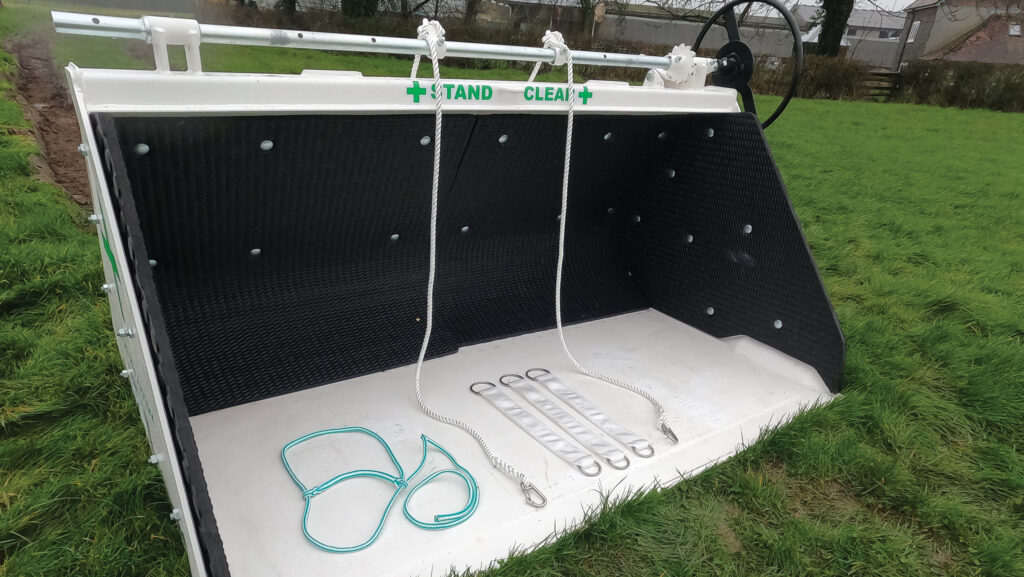
© Cow Recovery System and Synergy Farm Health
“They can bruise cows if used inappropriately – they are sold without any instructions or training,” she points out.
“Don’t lift a cow off the ground with the hoist, and move her no further than her body length out of a cubicle for loading into a bucket to travel any distance.”
So far, Rachel and Pete have trialled additional items including:
- A halter – this stops the cow thrashing her head around, which is safer and calmer for everyone
- Flexible web straps – for shifting cows short distances, or rolling them over safely without risk of kicking
- A bucket of sand – ready to throw around the cow if she is lying on a slippery surface
- Gloves – to prevent rope burn for those holding the straps.
Further research
Rachel is now investigating some form of protection for the cow’s eyes (covering them helps to keep her calm and quiet) and is setting up a working group involving Barta, large dairy herds, and equipment manufacturers.
The aim is to come up with the best solutions and experiment with kit to improve cow outcomes.
“It shouldn’t happen, but you need to be ready for it when it does.
“Even if you have good, grippy concrete and control milk fever, a farm will get a downer cow,” she says.
“We hope to take the stress out of it for the cow and humans, and reduce the risk of injury to both.
“It’s also important for enhancing the industry’s reputation and public perception about how we handle this.”
Downer cow information
- More on the CowRecovery System
- Lifting kit launched to help with downer cows
- Synergy Farm Health online downer cow training course
